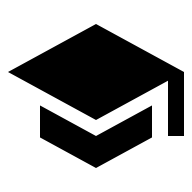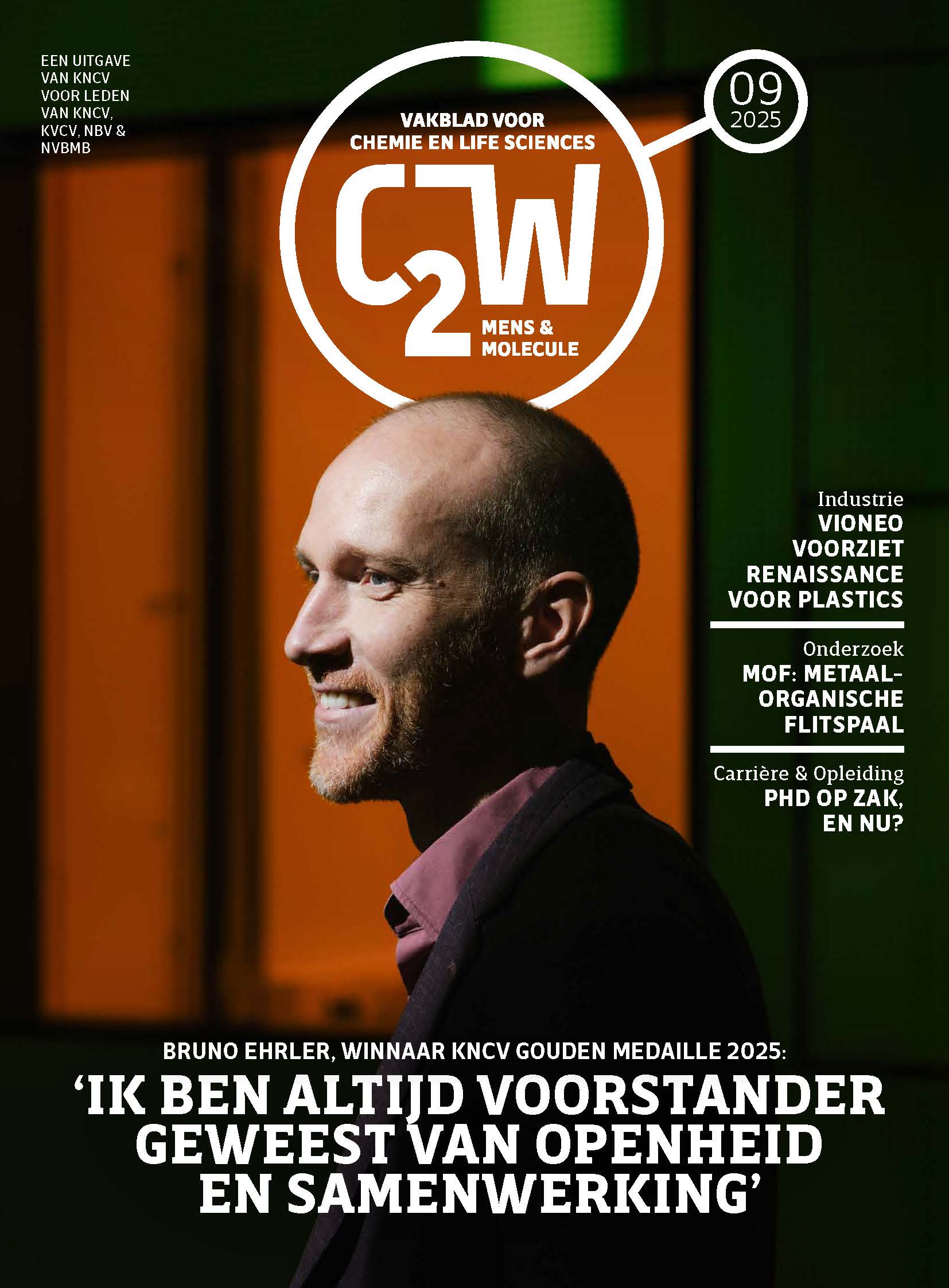Would you like to add an event to this list? Simply register your event using this form.
Chromium Remediation from Leather Tanneries

Category
Ph D Defense
Date
2017-06-08 10:00
Venue
KU Leuven, Aula Jozef Heuts, 00.215 - Kasteelpark Arenberg 20
3001 Leuven, België
3001 Leuven, België
Promovendus/a: Embialle Mengistie Beyene
Promotor(en): Prof. dr. ir. Thomas Van Gerven, Prof. dr. ir. Ilse Smets
The growing demand for leather goods urges the market to have more tanneries and to increase the production rate of the already present tanning industries. Although many alternatives have been tested, chrome tanning remains the most applied choice by far: 85 to 95% of all tanneries are relying on this technique. This preference is due to the high quality of leather produced by this method characterized by a high hydrothermal stability and excellent user properties. However, chrome tanning causes also environmental and human health problems because the assumption that conventional tanning with non-toxic chromium(III) is an eco-friendly process is no longer valid since the recent detection of chromium(VI) in tannery waste streams and in the wider environment. Chromium(VI) is already toxic to humans and other animals at very low concentrations, while total chromium, in general, disturbs the ecology of rivers by hampering their self-purification capacity. The aim of this doctoral project is to reduce the chromium pollution from leather tanneries down to the standard limit level by using an integrated approach, i.e., by increasing the chromium uptake in the leather so that the chromium in the discharge is reduced, and by increasing the adsorption and desorption efficiency of locally available skin powder to separate the chromium in the wastewater in a cost-effective manner. Process intensification using ultrasonic energy for chrome tanning and adsorption-desorption processes was considered for these cases and investigated in detail. The medium-size Modjo tannery Share Company in Ethiopia is used as reference tannery.Ultrasonic energy applied on the skin prior to tanning and during tanning increases the chromium uptake in the leather and accelerates the chrome tanning process. Hence, the usage of ultrasound does not only save chromium, but also prevents more efficiently the chromium from entering in the environment. If one is looking for shortening the chrome tanning time only, ultrasound reduced the conventional tanning time by one-third while producing the same quality leather product. Adsorption is one of the chromium removal techniques which receives more attention nowadays. By using ultrasound as a process intensification tool during adsorption using skin powder the chromium(VI) uptake by skin powder was improved by more than 30% by use of ultrasound, while also the adsorption contact time can be shortened from 6 h to 4 h. With ultrasound, skin powder can repeatedly be used without damage or significant loss of efficiency. Recovery of the metal after desorption can also be considered at this point. Introducing ultrasound to the chrome tanning and adsorption-desorption process incurs a considerable amount of cost for investment in and operation of the system. However, it is proved that using ultrasound during the tanning and the adsorption-desorption process is a cost beneficial technology.
In summary, it is possible to conclude that by integrating the ultrasound-assisted tanning process with the existing chromium recovery methods to reuse the chromium discharged from the intensified ultrasound-assisted chrome tanning and with the ultrasound-assisted adsorption process using skin powder to remove the remainder of the chromium, it is possible to attain a cleaner tanning technology which exhibits a chromium discharge below the guideline limit value in a cost-beneficial way.
All Dates
- 2017-06-08 10:00
Powered by iCagenda

